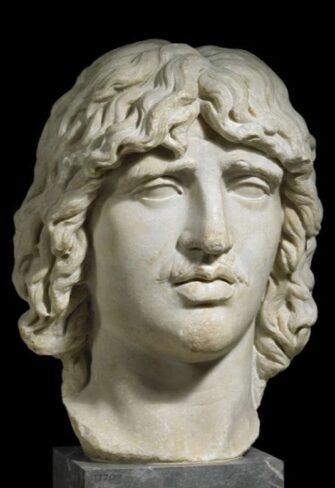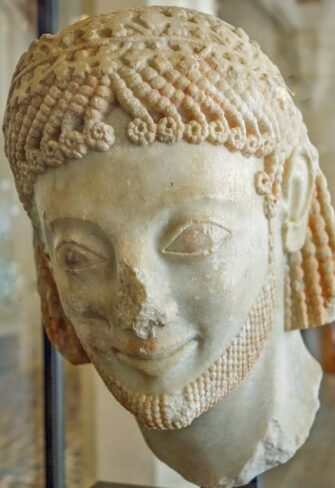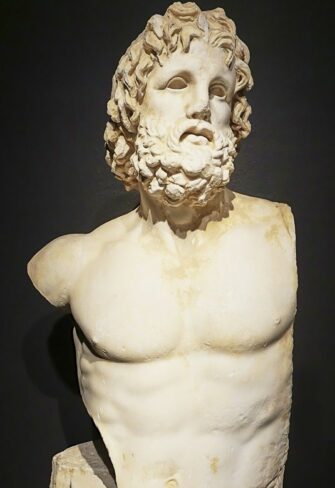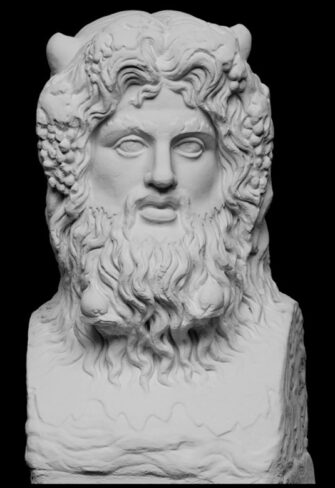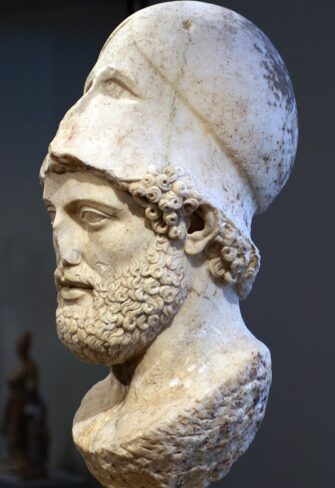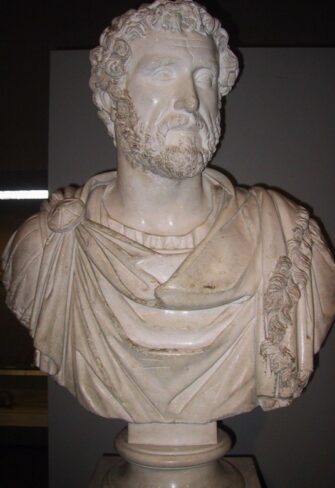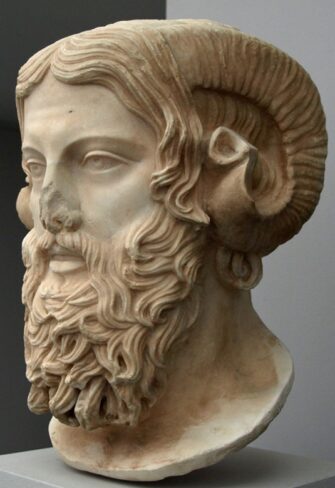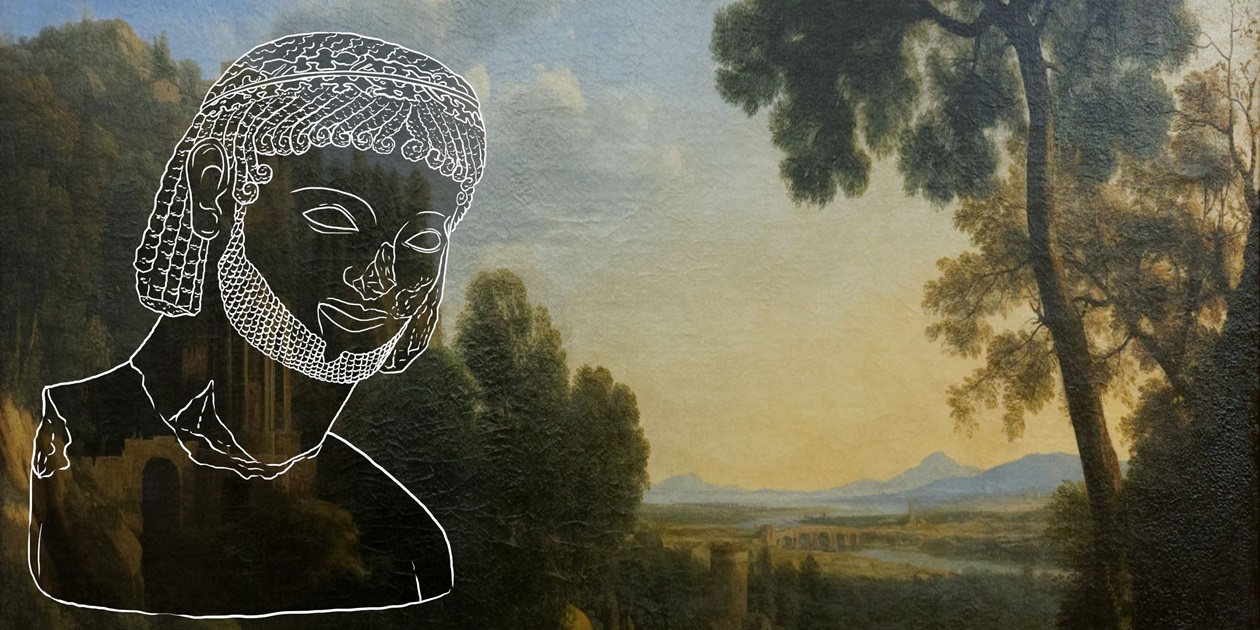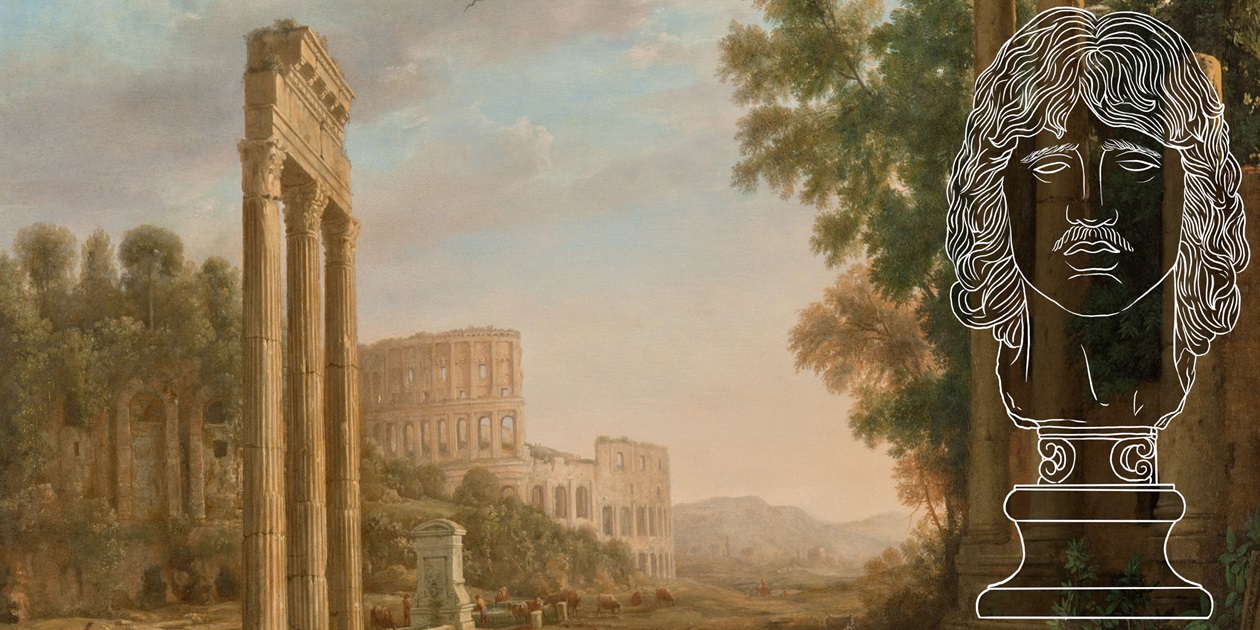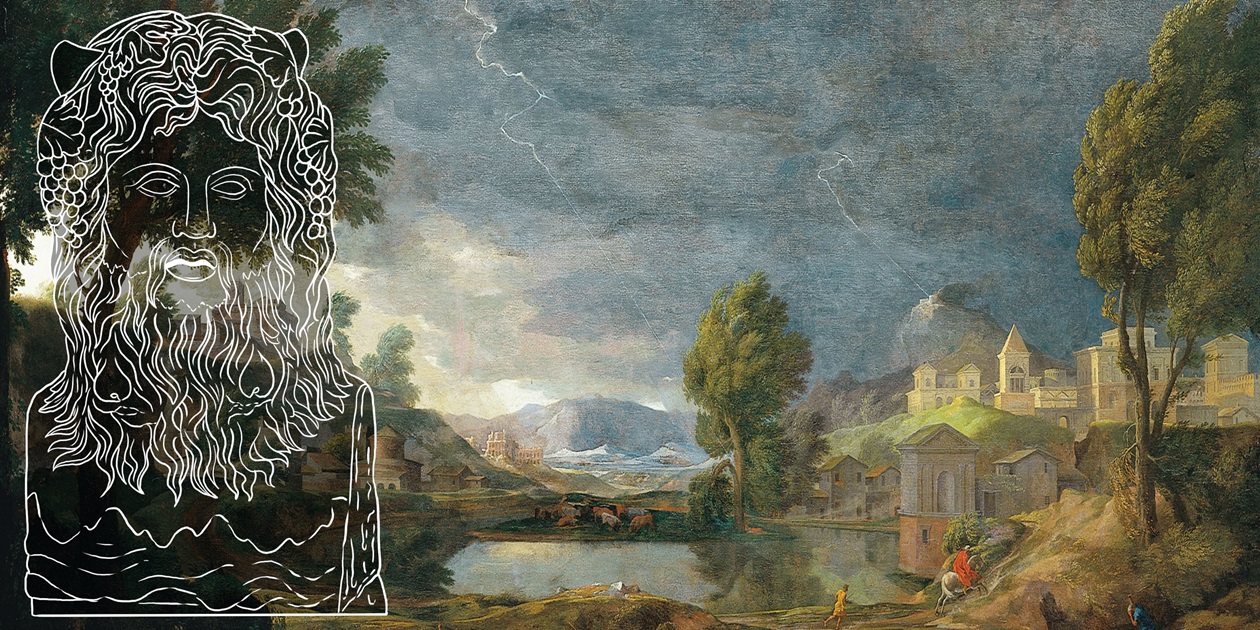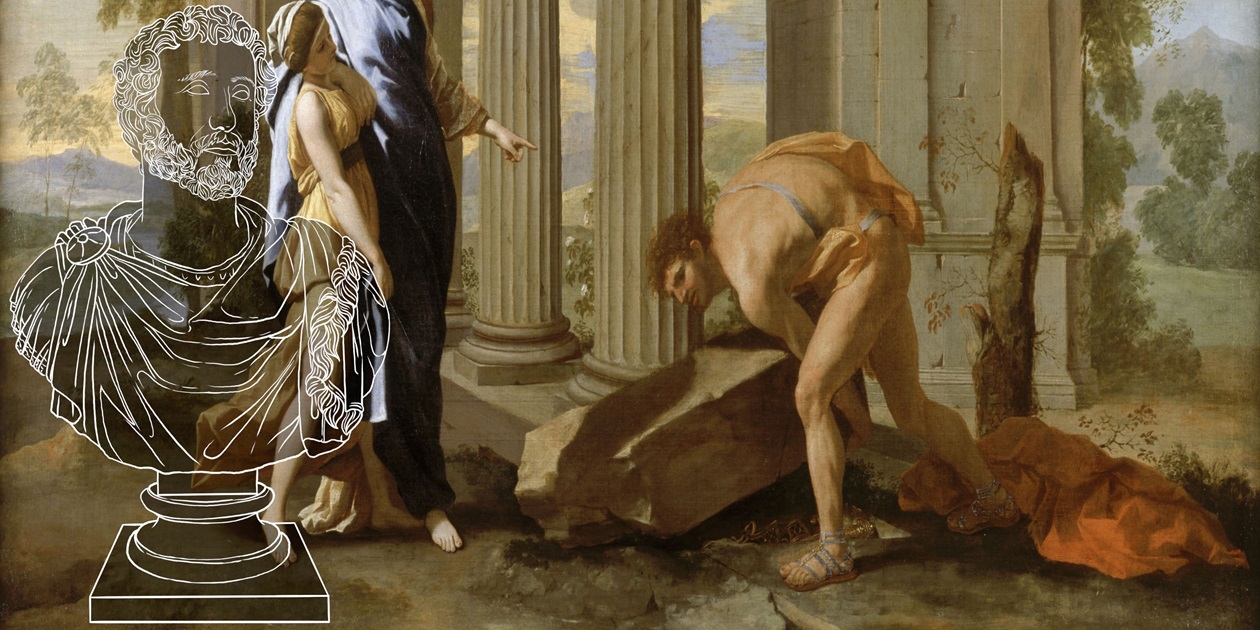Portrait Busts
Showing all 7 results
-
Head of a Barbarian Chief-Arminius
£11,300.00 -
The Rampin Rider
£11,300.00 -
Torso – Asklepios from Munichia
£11,300.00 -
Bust of a Sea Deity
£11,300.00 -
Portrait of Pericles
£11,300.00 -
Bust of Antoninus Pius
£11,300.00 -
Zeus Ammon
£11,300.00
Purchase antique portrait busts as bronze casts in museum quality
Antique cast bronze portrait busts bring the charm of the past into the modern age. The cast bronze portrait busts in museum quality that you can buy online from us are representative replicas. In Greek and Roman antiquity, portrait busts were often used to depict individual personalities. In contrast to the idealised statues, which often represented mythological or allegorical figures, portrait busts were realistic depictions of specific people. Various archetypes of men were portrayed, including
Politicians and statesmen
Leading politicians and statesmen were often honoured with portrait busts. These busts were not only intended to reflect the physical appearance of the individuals, but also to emphasise their authority and leadership qualities. Famous examples of this are the busts of Julius Caesar, Augustus and Pericles.
Scholars and philosophers
Intellectual figures, such as philosophers, writers and scientists, were also often honoured with portrait busts. These busts were intended to express the wisdom and erudition of those portrayed and emphasise their intellectual authority. Well-known examples are the busts of Socrates, Plato and Seneca. Buy one of these ancient portrait busts as a bronze casting to stylishly enhance your library or office.
Artists and architects
Prominent artists and architects were also sometimes immortalised with portrait busts. These busts were intended to emphasise their artistic skills and creative genius. A well-known example is the bust of the sculptor Phidias. This is often purchased by large architectural firms as a cast bronze portrait bust in our online shop.
Military leaders and generals
Successful military leaders and generals were often honoured with portrait busts to pay tribute to their military achievements. These busts were intended to emphasise the bravery and leadership qualities of those portrayed. One example is the bust of the Roman general Scipio Africanus.
Religious leaders and priests
High-ranking religious leaders and priests were occasionally depicted with portrait busts to emphasise their spiritual authority. These busts were intended to emphasise the religious significance of those portrayed. One example is the bust of the Roman Pontifex Maximus.
Businessmen and wealthy citizens
Successful businessmen and wealthy citizens were sometimes honoured with portrait busts to show their wealth and social standing. These busts were intended to emphasise the status and importance of the sitter in society. One example is the bust of a wealthy Roman merchant.



